Oil Condition Monitoring
Oil Condition monitoring is a vital component of any condition-based maintenance strategy because it provides the data for early failure prediction or prevention, allowing for timely action to avoid a catastrophic equipment failure ensuring longevity and smooth operation of the equipment.
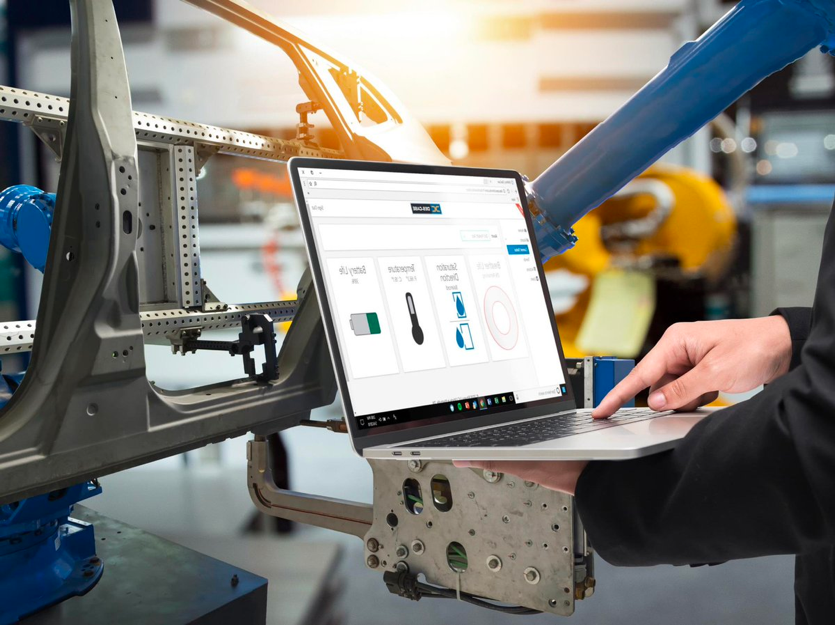
24/7 Condition Monitoring Protection of Your Oil
Compared to traditional time-based condition monitoring, real-time monitoring involving IoT enabled solutions offer several distinct advantages:
- Identify issues before they escalate
- Reduce unplanned downtime
- Decrease maintenance costs
- Avoid hazardous or hard-to-access environments
- Better information for better decision-making
- Improve labor efficiency
With real-time or immediate identifications and alerts of a failure, IoT-enabled solutions for predictive maintenance allow you to move even farther left along the P-F curve than ever before.
Precision maintenance can provide the opportunity to recognize potential problems or failure catalysts, allowing proactive decisions to prevent machine failures from happening. Operating within the I-P curve is the only way to truly prevent equipment failure and extend equipment life. Critical data related to how a machine is being operated, how well it’s aligned and balanced and the health and cleanliness of the lubricant can all be captured using real-time condition monitoring, allowing IoT-based solutions to be used as proactive maintenance tools.
Just like modern healthcare cannot overcome faulty genes, condition monitoring cannot overcome poor machine design or installation. However, by capturing data in real time and using advanced analytics, manufacturers can use IoT to look at the in-service performance of their equipment to make critical decisions around the way their equipment is designed, installed and operated.
What if you had a sudden increase in moisture levels inside your equipment’s headspace? Even though a failure may not have happened yet, water is the second most destructive cause of failure causing rust, corrosion and loss of oil film strength. It can be particularly problematic in hydraulic systems causing sludge and varnish build up that can cause valve stiction as well as cavitation within hydraulic pumps.
A good example of sensor technology supporting precision maintenance occurred with one of the largest sustainable forest products companies in the world. They have a large asset called a Sorter composed of 120 large hydraulic cylinders and various hydraulic valves & pumps. Hydro-cleaning had been conducted in proximity to the hydraulic power unit (HPU) and many of the cylinders attached to the asset. Unfortunately, water had been able to ingress into the HPU system.
Prior to the hydro cleaning taking place, the water levels in the oil were acceptable at under 0.003% (30 ppm). Shortly after the cleaning, an increase in moisture saturation was detected immediately by a Des-Case IoT-enabled breather. Des-Case IsoLogic™ is a patent-pending sensor technology placed inside our trusted VentGuard™ breathers, creating the most accurate and first connected breather on the market.
Without the sensors’ ability to provide immediate and actionable data this failure mode could have gone unchecked for weeks, maybe months, causing potentially extensive damage to the hydraulic pumps, valving and the oil.
They immediately filtered the oil to help remove any free and entrained water in the system and also turned the HPU heater on and maintained an average temperature of approximately 130 degrees to help dry out the moisture. Water levels returned to under 0.003% with no undue failure occurring.


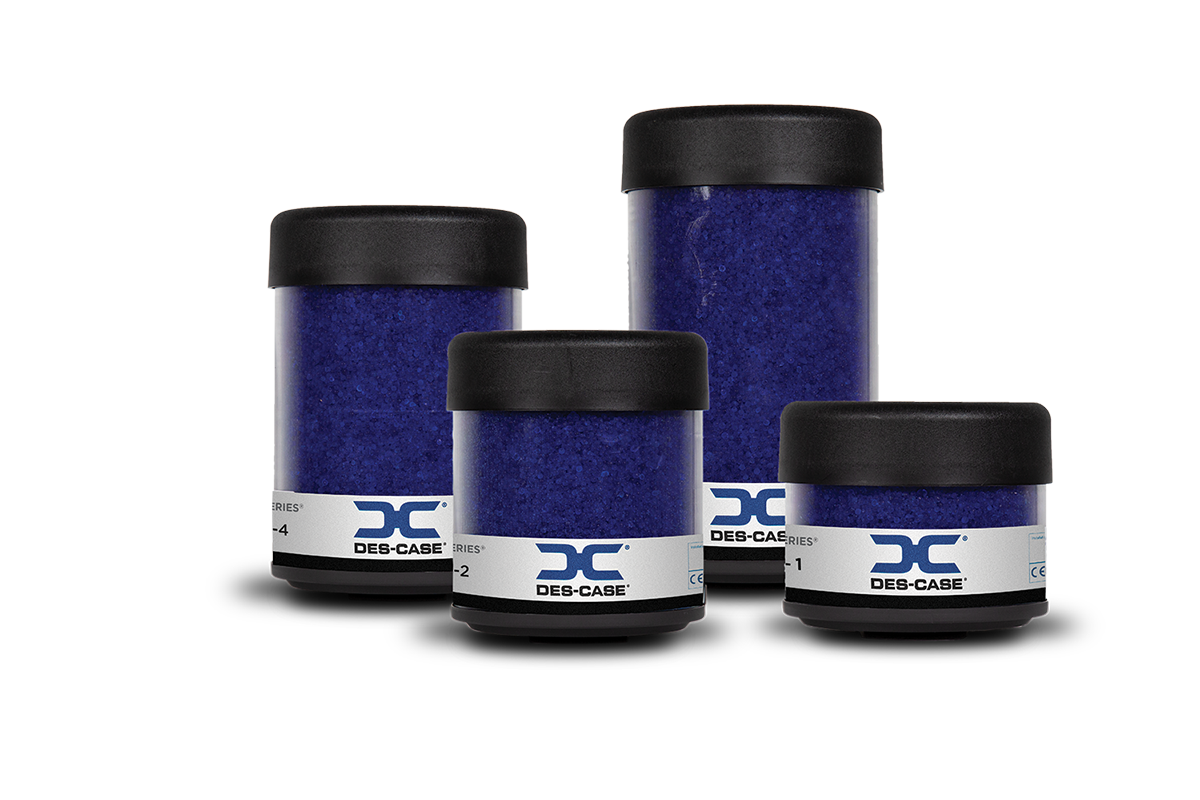

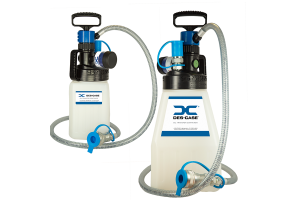
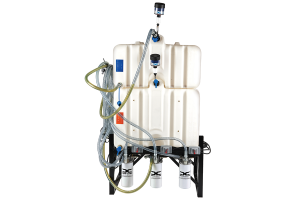
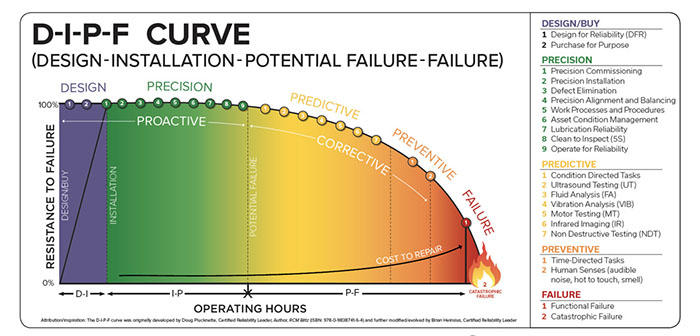



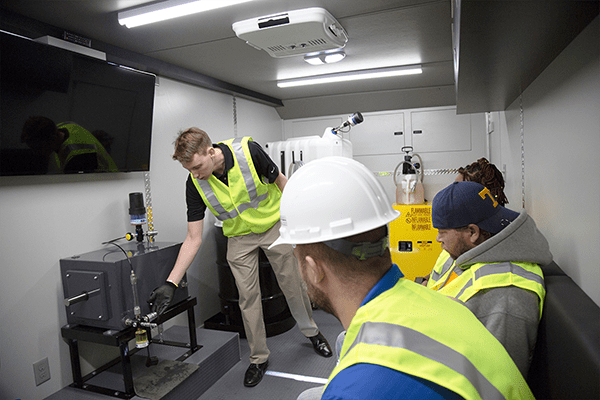
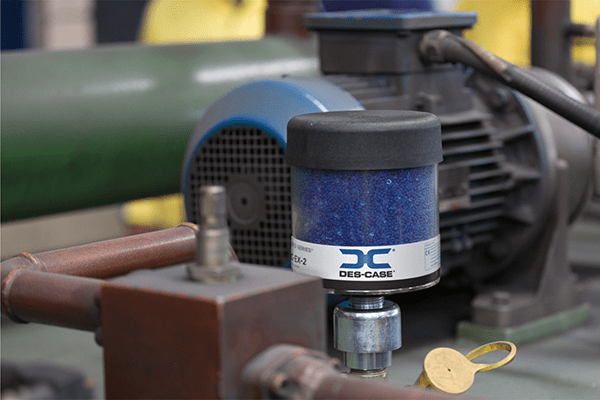



Recent Comments